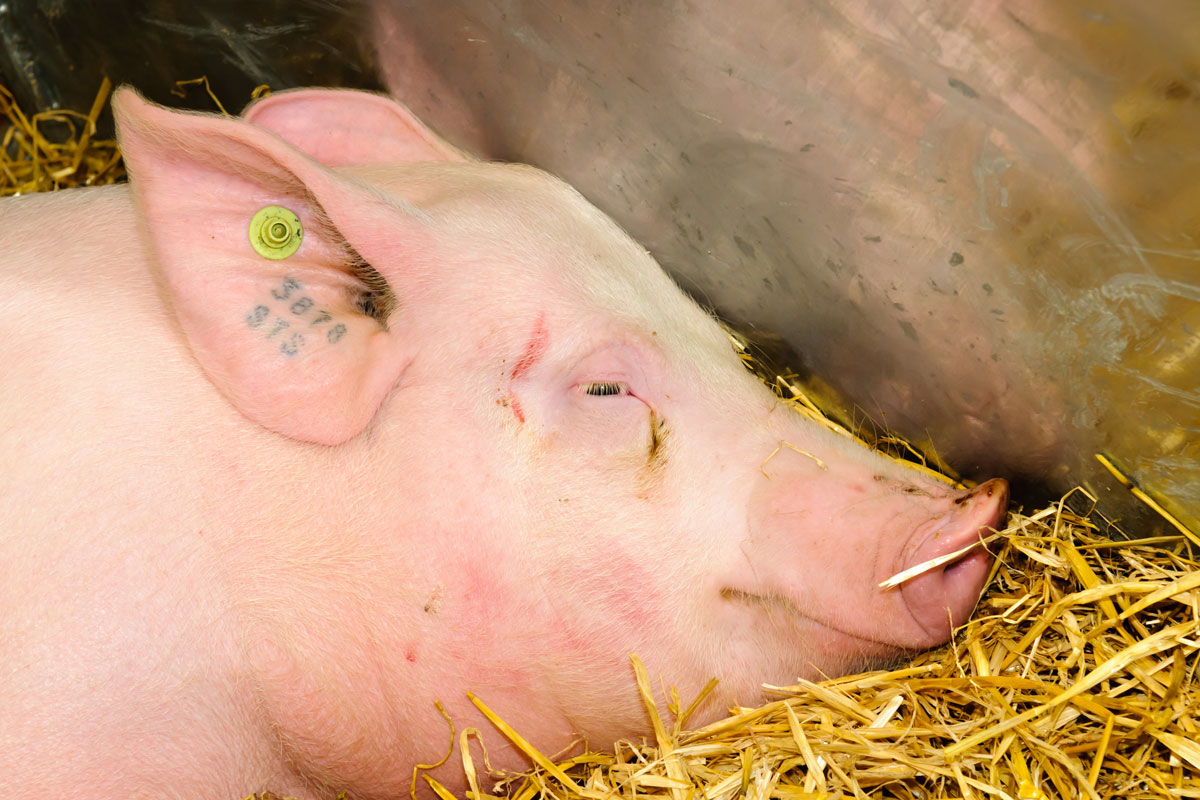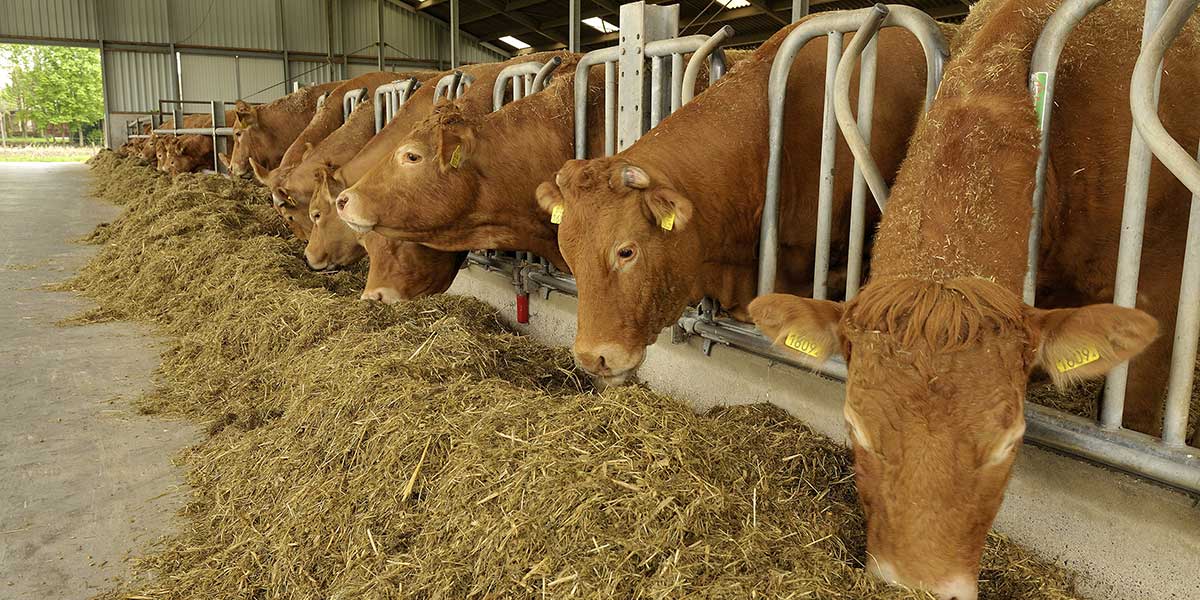
One of the most basic goals of good livestock management is to keep track of your animals, which means employing a reliable system of identification. Among the various methods available to positively identify cows, sheep, goats, pigs, and other livestock, the most common include tagging (with plastic ear or neck tags); and, at the high-tech end, RFID (radio frequency identification) using a transponder to relay the animal’s info and location.
Whatever method you adopt, it should be appropriate for the type of animal and the size of the herd. Moreover, since none of the aforementioned methods is completely foolproof—ear tags can fall off, transponders can malfunction—it is prudent to have a redundant identification system in place.
Whether used as the primary system or a backup, one of oldest and the most reliable methods is animal tattooing, which is especially popular among hog farmers. Not only is hog tattooing reliable, it is fast, simple, portable, and cost-effective. It is also suitable for every stage of the hog’s productive life cycle, from piglet to farm to slaughterhouse to market. Last but not least, hog tattooing enjoys the advantage of being a permanent form of identification.
Continue reading “The ABCs of Hog Tattooing”






